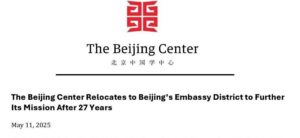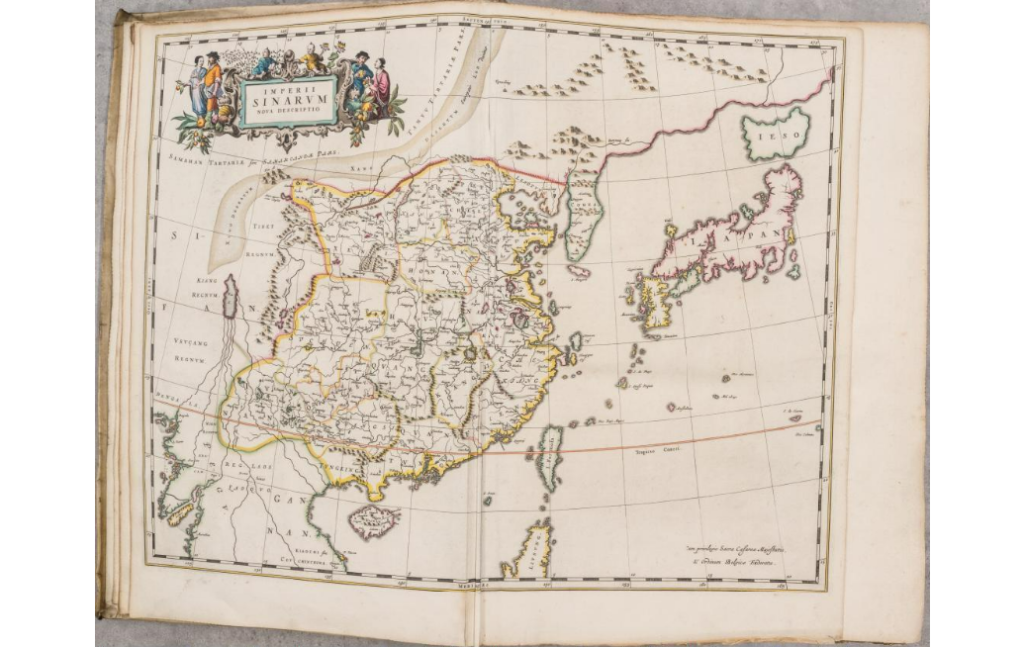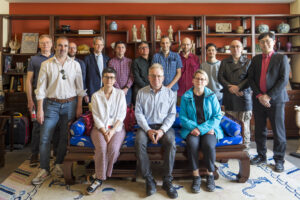
The Beijing Center Relocates to Beijing’s Embassy District to Further Its Mission After 27 Years
The Beijing Center Relocates to Beijing’s Embassy District to Further Its Mission After 27 Years
May 11, 2025
Beijing — On this day, May 11, which marks the anniversary of the passing of Matteo Ricci, S.J., The Beijing Center for Chinese Studies (TBC) is honored to announce its relocation to Beijing’s Embassy District.



